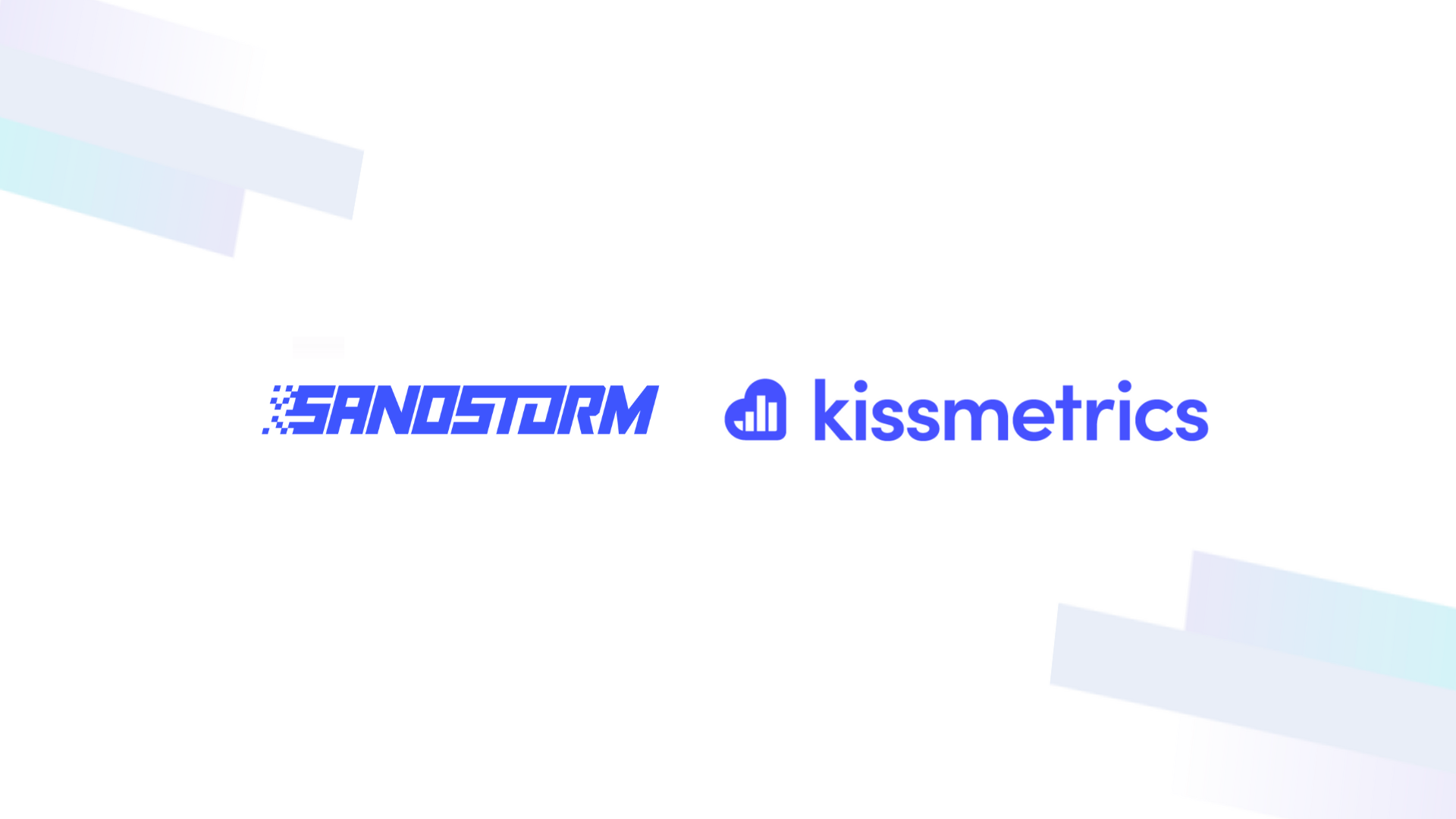Customer Analytics: What It Is and Why It Matters

Understanding customer behavior can be a challenge for some businesses. To gain a better idea of your customer’s mindset, you need data about customer behavior. This data can help shape your strategies and processes to create better customer interaction and lead to higher product satisfaction.
Gaining customer insight through data is key to success for modern businesses. The process of gathering customer data to help make decisions in your business is called customer analytics.
Customer analytics can be broken down further into two types of analysis: market segmentation and predictive analytics. Here, we’ll discuss how to gather your customer data.
Market Segmentation
The market your company targets is likely large and diverse, but targeting all customers with the same tactics can be ineffective in increasing profits and growing your market reach.
Market segmentation is the process of dividing your customer market into smaller segments based on customer characteristics or traits. By dividing your customers into groups, you can target these groups with specific ads based on their habits and where they are in the buying process. Market segmentation will also allow you to see which type of marketing is most effective for each segment.
Social media may be the best form for one group, while emails may be more effective for another. The messaging in your advertisements can also be changed from segment to segment. This will help your company resonate with all customers no matter how different they may be from one another.
Market segmentation is a vital strategy for companies looking to create efficient marketing plans to grow their customer base.
Predictive Analytics
Studying current and historical data to make predictions about future events is considered predictive analytics. Predictive analytics has many uses across many industries, and sales and marketing are no exception.
By analyzing historical trends of customers, you can start to make predictions about future actions. Many outside factors can affect customers’ shopping habits, such as weather or stock market performance. By looking at historical trends of customers during certain events, you can start to make better predictions about future customer behavior.
Predictive analytics can also be used on your company’s current customers. Analyzing the behavior of new customers can help recognize patterns such as how long customers spend browsing your site or what products long time customers tend to focus on.
This can help you predict how future customers will act and allow you to tailor your site to fit their needs.
What Is the Goal of Customer Analytics?
With customer analytics you gain greater insight into how your customers or potential customers behave which allows you to make more educated business decisions in the future.
The goal is to move away from a hunch about how your customers will react and use data to back up your future actions. Some businesses stay with certain processes out of tradition but customer analytics can give teams the power to see if traditional lines of thinking are working for the business.
Kissmetrics has successfully helped several businesses leverage their customer analytics.
How Do You Use Customer Analytics?
Once you’ve started gathering customer analytics data, you need to create actionable items. Some ways to use customer analytics are:
- Direct marketing
- Site selection
- Customer relationship management
Direct Marketing
A marketing message sent straight to a consumer would be considered direct marketing. Forms of communication like personalized text messages, emails, or social media messages would be direct marketing.
Messages can be tailored to users in specific situations using the data gathered from customer analytics. For example, targeting new homeowners with home improvement products will result in a higher conversion rate compared to a mass email.
Direct marketing can also be targeted to users who have visited your site but did not make a purchase. Sending a reminder message with details about the products they viewed would be a perfect use of direct marketing.
Site Selection
Choosing the location of a new store or site is an important process for any company. By using user analytics, your business can get a narrowed view of what sites or locations would be successful by analyzing your customer base.
Knowing where your current customers frequent is key to selecting a good location. If you’re looking to grow your user base, it’s important to look at predictive analytics to see where your company’s best potential growth area is.
Customer Relationship Management
Customer satisfaction is a key metric for the success of all businesses. Customer relationship management is the focus of analyzing how a business interacts with its customer. Using large amounts of data gathered during user analytics makes it easier to understand what communication methods and styles work best with your customers.
If your business caters to younger users who frequent social media, you may find it best to communicate with users via a social media platform.
Why Does Customer Analytics Matter?
Gathering and analyzing large amounts of data on your customers can be a challenge for some companies. Some of the big reasons you should be collecting customer analytics are because you can:
- Increase sales
- Lower customer acquisition and retention costs
- Reduced customer churn
- Increase customer loyalty
- Increase marketing and promotion ROIs
- Increase sales force effectiveness
Increase Sales
Targeted advertising using customer analytics means customers see ads tailored for their needs and wants. This more effective way of advertising leads to more customers and increased sales for your company.
Lower Customer Acquisition and Retention Costs
Gaining and keeping new customers can be costly for some businesses, so if customers are leaving, it’s important to understand why. The data provided from customer analytics can give you insights into customer dissatisfaction.
Customer analytics can also show you what potential customers are interested in and what features would drive them to a new product. By having this information at your disposal, you can target the proper customers saving you customer acquisition and retention costs.
Reduced Customer Churn
Customer churn rate is a measure of the number of customers that leave your company over time. Gathering data on why customers leave would be part of your customer analytics dataset.
Gathering information on what’s driving customers away is the first step to fixing customer churn.
Increased Customer Loyalty
Keeping customers loyal to your company is a great way to strengthen sales and increase your bottom line. Customer analytics can give you data on why customers choose your products and what keeps them loyal to your company.
By understanding why some customers don’t return to your site, you can adjust your products or services to suit their needs better.
Increased Marketing and Promotions ROIs
Running marketing ads and promotions can be expensive for any business. Spending money advertising to customers who have a low chance of buying your products is not a good use of resources. So by ensuring your ads and promos are targeted to the right audience, they’ll be more effective and thus save you money and increase your ROI.
Increased Sales Force Effectiveness
An easy way to help your sales team is to provide them with good customer analytics data. Information on what markets are performing well and what details customers are interested in is a great way to help your sales team be more effective.
By using predictive analysis, you can give your sales team a better idea of where the market will move to allow them to plan for upcoming changes.
Conclusion: How Can I Optimize Customer Analytics for My Business?
The process of collecting and analyzing customer analytics can be a large task for businesses.
Knowing what metrics are important to your business and how to track them is key for proper analysis. In addition, using the correct tool to gather customer data is necessary to create effective plans to improve your business strategies.
Customer Analytics is something all companies should be collecting and analyzing. Properly utilizing this data can lead to higher customer satisfaction and cost savings for your marketing campaign. By having the proper information, you can target your audience and convert more potential customers.
Visit Kissmetrics for more ideas on optimizing your user analytics.
Sources:


